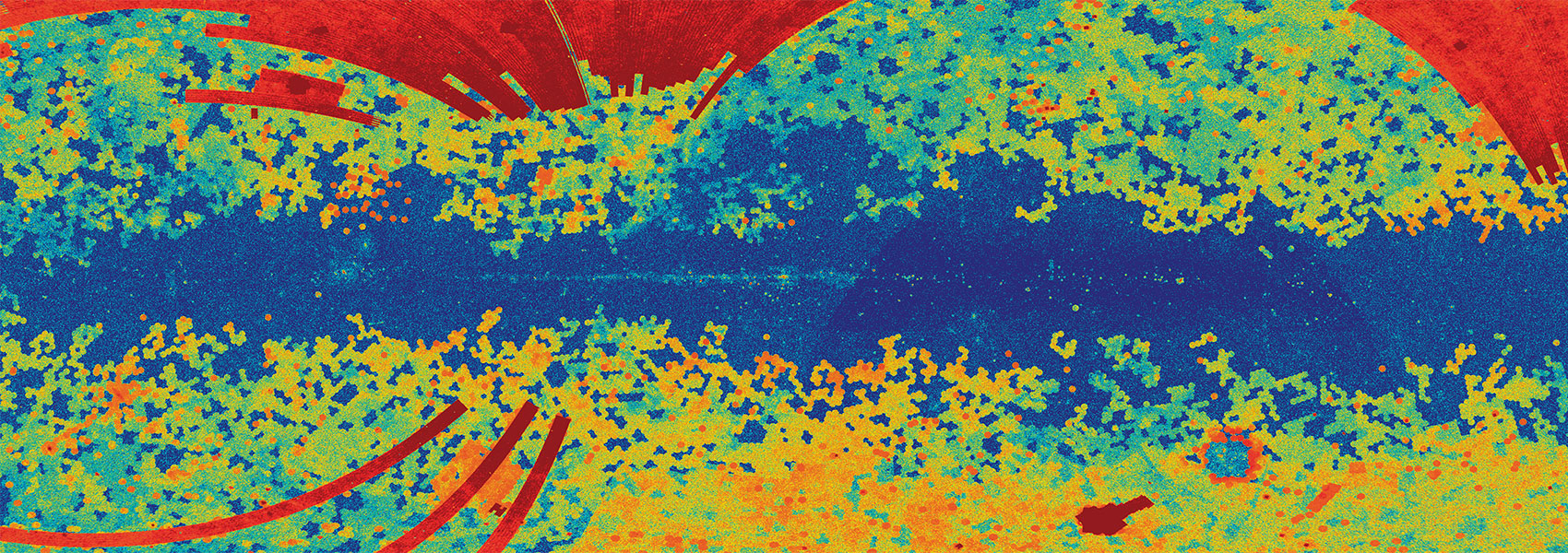December
2023
•
2023AJ....166..232W
Authors
•
Wittrock, Justin M.
•
Plavchan, Peter P.
•
Cale, Bryson L.
•
Barclay, Thomas
•
Ludwig, Mathis R.
•
Schwarz, Richard P.
•
Mékarnia, Djamel
•
Triaud, Amaury H. M. J.
•
Abe, Lyu
•
Suarez, Olga
•
Guillot, Tristan
•
Conti, Dennis M.
•
Collins, Karen A.
•
Waite, Ian A.
•
Kielkopf, John F.
•
Collins, Kevin I.
•
Dreizler, Stefan
•
El Mufti, Mohammed
•
Feliz, Dax L.
•
Gaidos, Eric
•
Geneser, Claire S.
•
Horne, Keith D.
•
Kane, Stephen R.
•
Lowrance, Patrick J.
•
Martioli, Eder
•
Radford, Don J.
•
Reefe, Michael A.
•
Roccatagliata, Veronica
•
Shporer, Avi
•
Stassun, Keivan G.
•
Stockdale, Christopher
•
Tan, Thiam-Guan
•
Tanner, Angelle M.
•
Vega, Laura D.
Abstract
•
AU Mic is a young (22 Myr), nearby exoplanetary system that exhibits excess transit timing variations (TTVs) that cannot be accounted for by the two known transiting planets nor stellar activity. We present the statistical "validation" of the tentative planet AU Mic d (even though there are examples of "confirmed" planets with ambiguous orbital periods). We add 18 new transits and nine midpoint times in an updated TTV analysis to prior work. We perform the joint modeling of transit light curves using EXOFASTv2 and extract the transit midpoint times. Next, we construct an O-C diagram and use Exo-Striker to model the TTVs. We generate TTV log-likelihood periodograms to explore possible solutions for d's period, then follow those up with detailed TTV and radial velocity Markov Chain Monte Carlo modeling and stability tests. We find several candidate periods for AU Mic d, all of which are near resonances with AU Mic b and c of varying order. Based on our model comparisons, the most-favored orbital period of AU Mic d is 12.73596 ± 0.00793 days (T C,d = 2458340.55781 ± 0.11641 BJD), which puts the three planets near 4:6:9 mean-motion resonance. The mass for d is 1.053 ± 0.511 M ⊕, making this planet Earth-like in mass. If confirmed, AU Mic d would be the first known Earth-mass planet orbiting a young star and would provide a valuable opportunity in probing a young terrestrial planet's atmosphere. Additional TTV observations of the AU Mic system are needed to further constrain the planetary masses, search for possible transits of AU Mic d, and detect possible additional planets beyond AU Mic c.
Links




